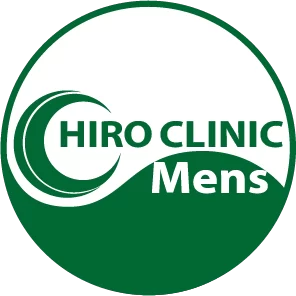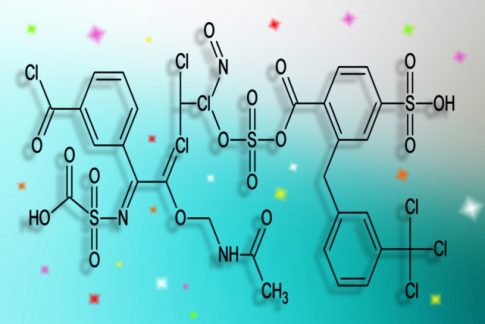この記事の概要
This article discusses the application of nanotechnology in the treatment of male pattern baldness (AGA). It specifically describes how nanotechnology-based drug delivery systems, regenerative medicine, and diagnostic techniques can be used to treat AGA, and discusses how nanocapsules and nanoparticles can help drugs penetrate the body and potentially regrow hair. Safety and cost considerations of nanotechnology are also presented.
Introduction
Male pattern baldness (AGA) is a serious problem for many men, and while various methods exist for treating AGA, recent years have seen advances in nanotechnology attracting attention as a new treatment option. Nanotechnology is a technology for manipulating and controlling ultra-fine materials and has great potential in the medical field. This article details how nanotechnology can help in the treatment of AGA, its specific applications, and its scientific basis.
What is AGA?
AGA is caused by DHT (dihydrotestosterone), which is produced by the enzyme testosterone. DHT acts on hair follicles and shortens the hair growth cycle, resulting in hair loss:
Early stage: thinning of the frontal hairline and the crown of the head.
Mid-term stage: Thinning of hair in the frontal and parietal areas progresses, and the surface of the skin becomes easily visible.
Progressive stage: The frontal and parietal areas become even thinner, leaving only the temporal and occipital areas.
What is nanotechnology?
Nanotechnology is a technology to manipulate and control materials at the nanometer (1 nanometer = one billionth of a meter) level. This enables new material properties to be extracted and applied in a variety of fields. In the medical field, it is used in drug delivery systems, diagnostic technologies, and regenerative medicine.

Application of Nanotechnology to AGA Therapy
Drug delivery system
Nanotechnology-based drug delivery systems are technologies that encapsulate drugs in nanoparticles and efficiently deliver them to target sites:
Nanocapsules: Drugs such as finasteride and minoxidil are encapsulated in nanocapsules and applied directly to the scalp to efficiently deliver them to hair follicles.
Nanoliposomes: Drugs are encapsulated in liposomes (lipid bilayers) and penetrate the scalp, resulting in sustained drug release and long-lasting effects.
Regenerative Medicine and Nanomaterials
Nanotechnology is also being used in the field of regenerative medicine; in the treatment of AGA, possible applications include the following
Nanofibers: Nanofiber scaffolds (scaffold materials) are being studied to promote hair follicle regeneration. This is expected to result in the growth of new hair.
Nanoparticles: Growth factors and stem cells are encapsulated in nanoparticles and injected into the scalp to promote hair regeneration.
diagnostic technique
Nanotechnology is also contributing to the development of early diagnostic techniques: technologies are being studied to detect the progression of AGA at an early stage and to provide appropriate treatment.
Nanobiosensors: Technology is being developed to detect biomarkers related to AGA in blood and scalp samples using nanobiosensors. This will enable early diagnosis and monitoring of treatment.
The Roots of Science
Numerous studies are underway on the application of nanotechnology to AGA therapy. For example, drug delivery systems using nanocapsules and nanoliposomes have been shown to improve drug efficacy. Research on regenerative medicine using nanofibers and nanoparticles has also shown promising results in hair regeneration. These studies suggest that nanotechnology can be effective in the treatment of AGA.
Notes on Nanotechnology
Confirmation of safety: The safety of nanotechnology-based therapies must be thoroughly studied. Since this is a new technology, studies on the long-term effects are required.
Cost: Nanotechnology-based treatments can be expensive. It is important to consider cost-effectiveness when choosing a treatment.
Professional guidance: Because nanotechnology-based treatments require specialized knowledge and skills, it is recommended that patients receive treatment at a reputable medical institution.
Summary
For men suffering from AGA, nanotechnology has great potential as the latest treatment method. Various possible applications, including drug delivery systems, regenerative medicine, and diagnostic technologies, are expected to provide effective treatment. Considering nanotechnology-based therapies and proceeding with AGA treatment under the guidance of a medical specialist will help to achieve more effective results.
AGA Treatment at HIRO CLINIC
AGA (androgenetic alopecia) is a disease called androgenetic alopecia, which, if left untreated, will progress and require early treatment. HIRO CLINIC uses the most advanced regenerative medicine technology to treat AGA. Our expert physicians will propose the appropriate treatment for each individual and support your concerns to the best of their ability.










